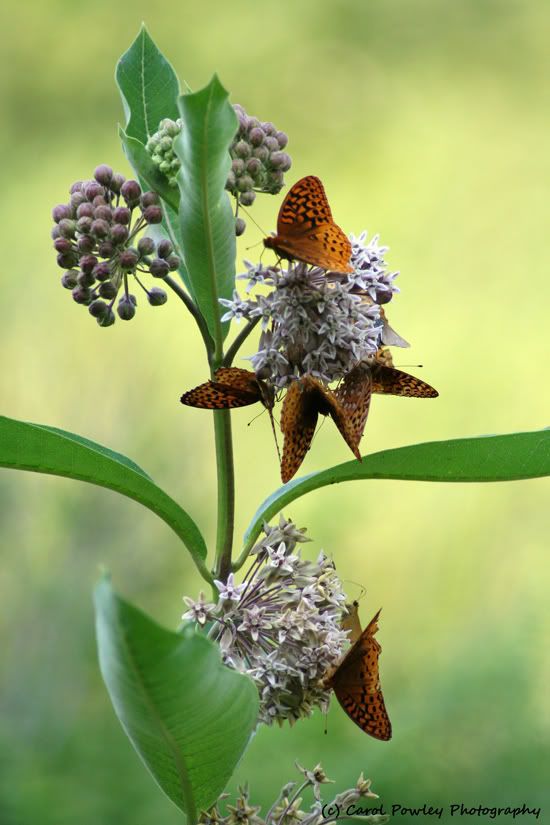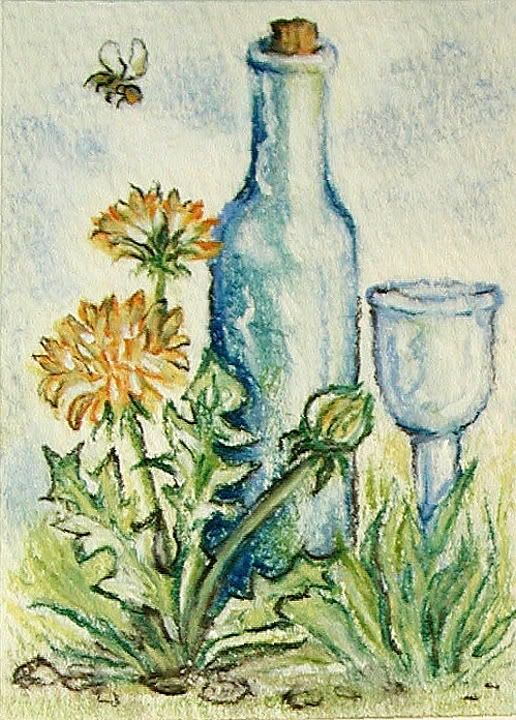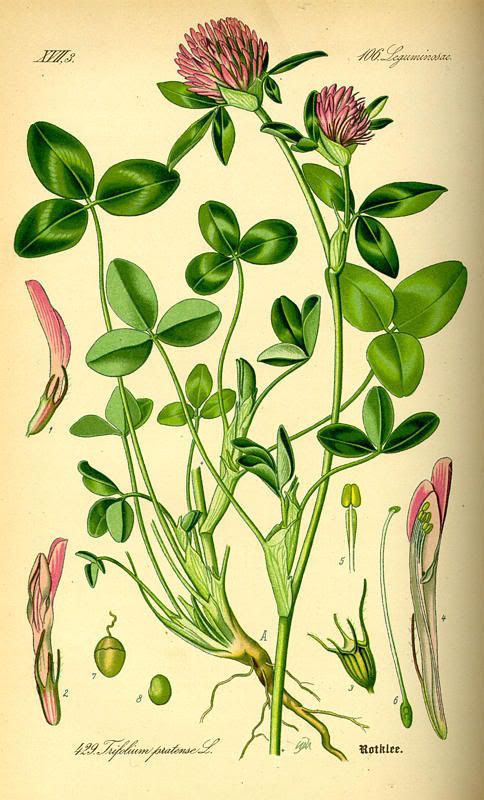
Common milkweed has been used traditionally a tea prepared from its root as a diuretic for kidney stones, a laxative, and an expectorant. It has been used to treat asthma and bronchitis and it induces sweating. The sap has been used for chewing gum, which is considered very dangerous because of the presence of cardio active compounds in the plant. The sap has also been used as a topical remedy for warts, ringworm and moles. Some Native Americans used milkweed as a contraceptive. It was also a folk remedy for cancer. Today, milkweed has limited medicinal use; other milkweed species, such as the swamp milkweed, have more widespread use. Parts of the milkweed plant can be eaten, but the similarity of this plant to toxic look-alikes would serve as a caution against this practice. It is used by some as an emetic, a potion to sooth the nerves, and as a stomach tonic. It is also believed to kill parasitic worms.
In lore, legend and life: In World War II, children in the United States were encouraged to collect milkweed pods and turn them in to the government, where the fluffy silk was used to stuff life vests and flying suits. The silk was especially good because of its exceptional buoyancy and lightweight. Also in World War II, because of the shortage of natural rubber, scientists in the United States tried to turn common milkweed’s latex into a rubber like substitute.

Monarch butterflies are particularly attracted to the flowers of the common milkweed and other milkweed relatives.
In Hindu mythology, relatives of the common milkweed were considered to be the king of plants; it was believed that the creating god was under the influence of milkweed juice when he created the universe.
Milkweed isn't your average weed; in fact, I feel guilty calling it a weed at all. The common milkweed, Asclepias syriacqa, is one of the best known wild plants in North America. Children love to play with the downy fluff in autumn, while farmers despise it as a tenacious weed of hayfields and pastures.
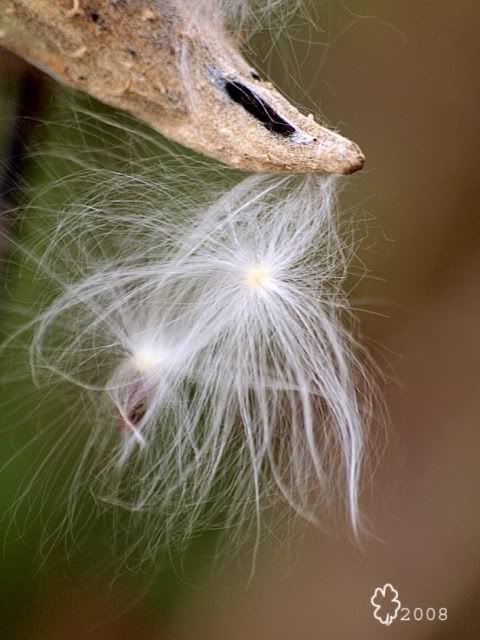
Butterfly enthusiasts adore milkweed as the sustenance for their beloved monarch. Hardly any country dweller can fail to notice this unique, elegant plant so laden with fragrant, multi-colored blossoms in midsummer.
Milkweed has served humans in many ways. During World War II, American schoolchildren collected milkweed floss to fill life preservers for the armed forces. This same floss is being used today by a Nebraska company called Ogallalla Down to stuff jackets, comforters, and pillows-and some people believe that it will become an important fiber crop in the future. It has an insulating effect surpassing that of goose down. Native Americans employed the tough stalk fibers for making string and rope.
Not least among the uses of common milkweed, however, is its versatility as a vegetable. Milkweed produces four different edible products, and all of them are delicious. It was a regular food item for all Native American tribes within its broad range.
Milkweed in flower
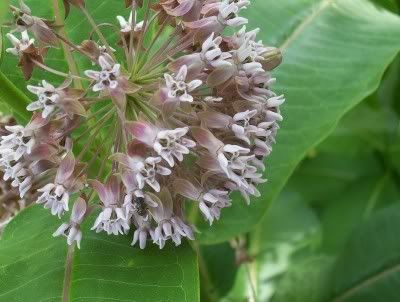
Gathering and cooking milkweed
There is a beautiful patch of milkweed in my field. I treat it as an outpost of my garden-one I never have to tend. Because milkweed is perennial, it appears every season in this same locality.
The milkweed season begins in late spring (just about the time that leaves are coming out on the oak trees) when the shoots come up near the dead stalks of last year's plants. These resemble asparagus spears, but have tiny leaves, in opposing pairs, pressed up flat against the stem. Until they are about eight inches tall, milkweed shoots make a delicious boiled vegetable. Their texture and flavor suggest a cross between green beans and asparagus, but it is distinct from either. As the plant grows taller, the bottom of the shoot becomes tough. Until it attains a height of about two feet, however, you can break off the top few inches (remove any large leaves) and use this portion like the shoot.
Milkweed flower buds first appear in early summer and can be harvested for about seven weeks. They look like immature heads of broccoli but have roughly the same flavor as the shoots. These flower buds are wonderful in stir-fry, soup, rice casseroles, and many other dishes. Just make sure to wash the bugs out.
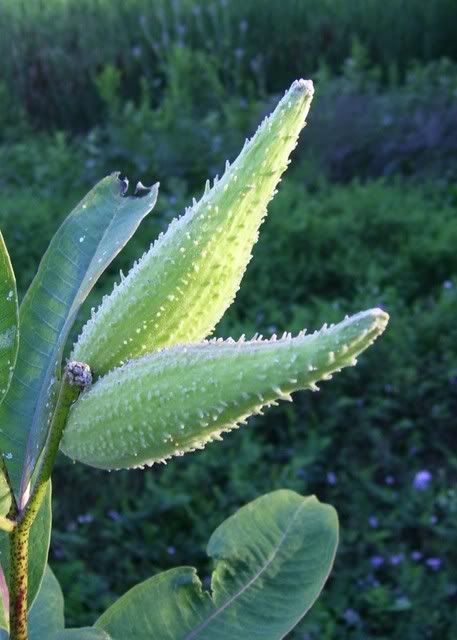
In late summer milkweed plants produce the familiar pointed, okra-like seedpods which are popular in dried flower arrangements. These range from three to five inches long when mature, but for eating you want the immature pods. Select those that are no more than two-thirds of their full size. It takes a little experience to learn the knack of how to tell if the pods are still immature, so as a beginner you might want to stick to using pods less than 1-3/4 inches in length to be safe. If the pods are immature the silk and seeds inside will be soft and white without any hint of browning. It is good to occasionally use this test to verify that you are only choosing immature pods. If the pods are mature they will be extremely tough. Milkweed pods are delicious in stew or just served as a boiled vegetable, perhaps with cheese or mixed with other veggies.
"Silk" refers to the immature milkweed floss, before it has become fibrous and cottony. This is perhaps the most unique food product that comes from the milkweed plant. When you consume the pod, you are eating the silk with it. At our house, we eat the smallest pods whole, but we pull the silk out of the larger (but still immature) pods. Open up the pod along the faint line that runs down the side, and the silk wad will pop out easily. If you pinch the silk hard, your thumbnail should go right through it, and you should be able to pull the wad of silk in half. The silk should be juicy; any toughness or dryness is an indicator that the pod is mature. With time, you will be able to tell at a glance which pods are mature and which are not.
Milkweed silk is both delicious and amazing. It is slightly sweet with no overpowering flavor of any kind. Boil a large handful of these silk wads with a pot of rice or cous cous and the finished product will look like it contains melted mozzarella. The silk holds everything together, so it's great in casseroles as well. It looks and acts so much like cheese, and tastes similar enough too, that people assume it IS cheese until I tell them otherwise. I have not yet run out of new ways to use milkweed silk in the kitchen-but I keep running out of the silk that I can for the winter!
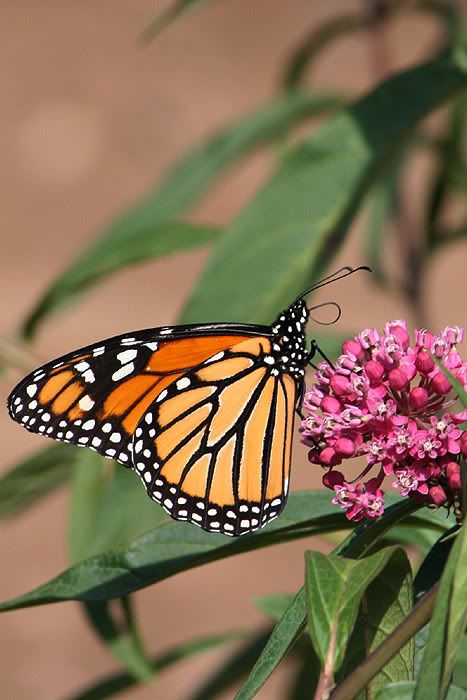
With all of these uses, it is amazing that milkweed has not become a popu lar vegetable. The variety of products that it provides ensures a long season of harvest. It is easy to grow (or find) and a small patch can provide a substantial yield. Most importantly, milkweed is delicious. Unlike many foods that were widely eaten by Native Americans, European immigrants did not adopt milkweed into their household economy. We should correct that mistake.
You will find that some books on wild foods recommend boiling milkweed in multiple changes of water to eliminate the "bitterness." This is not necessary for common milkweed Asclepias syriaca (which is the subject of this article, and the milkweed that most people are familiar with). Common milkweed is not bitter.
The multiple-boiling recommendation pertains to other species of milkweed, and in my experience, it doesn't work to eliminate the bitterness anyway. I advise not eating the bitter species at all.
Common milkweed contains a small amount of toxins that are soluble in water. (Before you get too worried, remember that tomatoes, potatoes, ground cherries, almonds, tea, black pepper, hot pepper, mustard, horseradish, cabbage and many other foods we regularly consume contain small amounts of toxins.) Boiling milkweed parts until tender and then discarding the water, which is the usual preparation, renders them perfectly safe. Milkweed is also safe to eat in modest quantities without draining off the water. Do not eat mature leaves, stems, seeds or pods.
Finding and identifying milkweed
You might laugh at the proposition of looking for milkweed, as this plant is so well known and widespread that many of us would have trouble hiding from it. Common milkweed occurs across the eastern half of the continent, except for the Deep South and the Far North. It grows well up into Canada and west to the middle of the Great Plains.
Milkweed is a perennial herb of old fields, roadsides, small clearings, streamsides and fencerows. It is most abundant in farm country, where it sometimes forms large colonies covering an acre or more. The plants can be recognized at highway speeds by their distinct form: large, oblong, rather thick leaves in opposite pairs all along the thick, unbranching stem. This robust herb attains a height of four to seven feet where it is not mowed down. The unique clusters of drooping pink, purple and white flower, and the seedpods that look like eggs with one end pointed, are hard to forget.
The young shoots of milkweed look a little like dogbane, a common plant that is mildly poisonous. Beginners sometimes confuse the two, but they are not prohibitively difficult to tell apart.
This is Dogbane

Dogbane shoots are much thinner than those of milkweed (see photo on page 47), which is quite obvious when the plants are seen side-by-side. Milkweed leaves are much bigger. Dogbane stems are usually reddish-purple on the upper part, and become thin before the top leaves, while milkweed stems are green and remain thick even up to the last set of leaves. Milkweed stems have minute fuzz, while those of dogbane lack fuzz and are almost shiny. Dogbane grows much taller than milkweed (often more than a foot) before the leaves fold out and begin to grow, while milkweed leaves usually fold out at about six to eight inches. As the plants mature, dogbane sports many spreading branches, while milkweed does not. Both plants do have milky sap, however, so this cannot be used to identify milkweed.
There are several species of milkweed besides the common milkweed. Most are very small or have pointed, narrow leaves and narrow pods. Of course, it goes without saying that you should never eat a plant unless you are absolutely positive of its identification. If in doubt about milkweed in a particular stage, mark the plants and watch them throughout an entire year so that you know them in every phase of growth. Consult a few good field guides to assure yourself. Once you are thoroughly familiar with the plant, recognizing it will require nothing more than a glance.

Common milkweed's reputation as a bitter pill is almost certainly the result of people mistakenly trying dogbane or other, bitter milkweeds. Keep in mind this rule of mouth: If the milkweed is bitter, don't eat it! Accidentally trying the wrong species might leave a bad taste in your mouth, but as long as you spit it out, it will not hurt you. Never eat bitter milkweed.
Milkweed should be a lesson to us all; it is a foe turned friend, a plant of diverse uses and one of the most handsome herbs in our landscape. We are still discovering and re-discovering the natural wonders of this marvelous continent. What other treasures have been hiding under our noses for generations?
